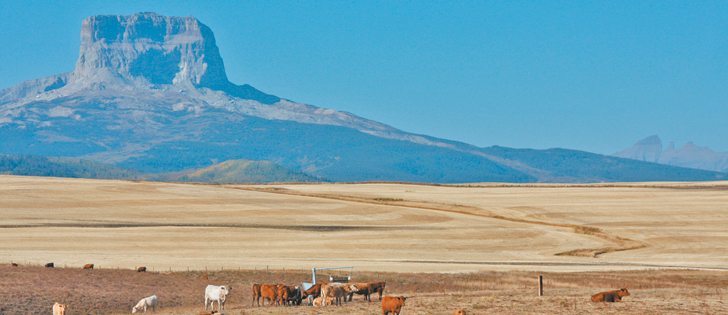Satisfy demands | Packers need to cater to niche markets to get the most money for each product
The world wants more meat but it is a complex task to provide exactly what each country wants.
“No two countries have the same specifications or government requirements,” said the vice-president of cattle procurement for Cargill Meat Solutions.
This makes it complicated for meat companies to meet the many demands and there are countries they do not sell into because they cannot meet the requirements, said Bill Thoni at the Canada Beef forum held in Calgary Sept. 20.
A market may open with great fanfare but if it is not commercially viable, few businesses will send products into that country, he said.
Read Also

Animal protection delivery to change in Saskatchewan
The Saskatchewan government is looking for a new agency to handle animal welfare after Animal Protection Services of Saskatchewan decided not to renew its contract next year.
“As an industry we need to make sure we do agreements that are not so onerous and where we can actually get products into that country.”
Dave Plett, president of Western Feedlots in southern Alberta, has made similar observations and as head of a company that can feed 100,000 head per year, he wants the best value for every animal.
Four trips to China in the last two years have revealed a diverse market that is splintered into many small components that all want something different.
“I am concerned that current marketplace and marketing mechanisms that we have in place now are not sending signals rapidly enough for us as an industry to respond,” he said.
In his opinion, the industry needs more innovation and leadership to fill all those markets requests.
Those leading the way in these new markets will not likely come from government or cattle organizations. They will more likely come from private businesses that are investing in and building new markets.
A multinational like Cargill could take the lead on the global stage.
It processes eight million cattle each year in Canada and the United States. About 6.2 million are processed in the U.S and the remainder is handled in Cargill’s plants in High River, Alta., and Guelph, Ont.
Carcasses are split many ways and cuts and organs that have no value here fetch big money in Asia and elsewhere.
“Our challenge as packers is to find the first best use. Where is the best use for that product to go at the highest value for each of those products?”
For example, short ribs sell for $2.50 per pound in South Korea. There are 10 lb. of short ribs per animal and in Canada and the U.S. the product goes for lean meat at 90 cents a lb.
Navels, finger meat, livers, tongues and ox lips are all valued highly elsewhere. Lips sell for $1.60 per lb. in Mexico whereas in Canada they would be sold for rendering value.
Tongue is worth $6.50 a lb. in Japan versus 10 cents a pound here.
September statistics from the U.S. department of agriculture reported Japan has emerged as the best customer for U.S. beef this year.
In July, it bought 17,130 tonnes, the best monthly volume since December 2003.
However, Australia shipped more than 31,000 tonnes in July.
Canada is the second largest destination for U.S. beef.
For the month of July, Canada imported 15,432 tonnes from the U.S., a 30 percent decline compared to July 2011.
















